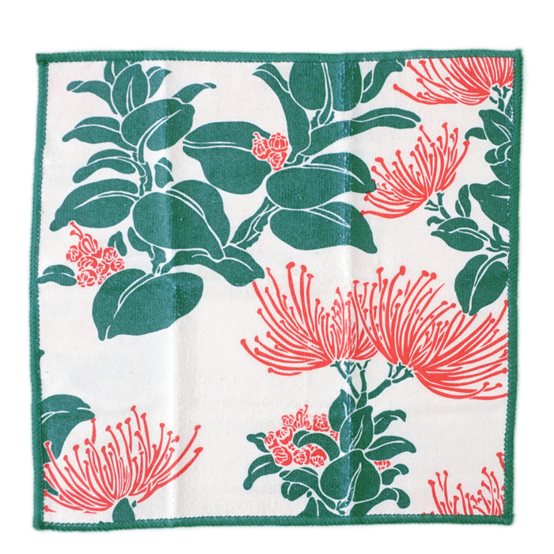

So the nylon expands just with a Sil/PU fabric as a regular PU+water repellency treatment. Sadly this is not the case because silicone is extremely porous to water vapor. The thought is that maybe the nylon is sealed off from the outside water. I think there is some idea out there that perhaps siliconed nylon - those with a Sil/PU** finish - might be immune from nylon's expansion when wet. A 3.5% shrink in the length and width is a 7% shrink in area! Shouldn't a tent manufacturer being giving the (dry) minimum dimensions of their tent floors? As a customer, if I've decided I can use a tent with an 88"x48" floor, I don't think it's OK for it to actually measure 85"x46.5" when I go out to use it.Īnother really nice thing about polyester is that since it absorbs less water, it dries faster AND, of course, it weighs less when it's wet. Instead they say, "What we've been using isn't causing complaints so I'm going to just stick with it." I really think those manufacturers should re-evaluate that because the floor size is a really big part of the spec (and promise) of a tent. But they don't have that information, not at all. If those manufacturers were actually getting data to evaluate how much tear strength a floor needs, that might be a fine thing to say. Some polyester tents still use nylon for the floors with the explanation that it has higher tear strength. Take a look, almost every quality manufacturer of large tents uses polyester for the majority of their tent fabrics. It has taken more than a decade for some manufacturers to find the polyester solution but now it's the norm for large tents. Running the numbers, a big tent can easily have 8" of size change - 4" per corner - and it's just plain too much change - the fabric no longer fits the frame no matter how much one tries to adjust the pitch*. You can't make a large nylon tent that sets up decently in a high humidity environment that can also be set up decently in dry conditions. This situation isn't manageable for large tents. Unfortunately that means if it rains in the middle of the night, nylon tents sag badly (see photos below) and the wrinkles drip condensation onto the sleeping occupants until they get up and fix it. But when conditions change, they have to tighten or loosen the pitch accordingly. With a little fudging, the customer has tent that they can set up as functioning, decent looking tent pretty much every time. Two person backpacking tents can be carefully patterned to be a little loose in high humidity and a little tight in low humidity. From a manufacturer's point of view, this gets tricky, especially for the rainfly. If one of those tents comes to a dry climate like the Western US, that tent's fabric shrinks 3.5% in all directions. So all tents made there are patterned and manufactured in high humidity conditions. It's where all the sewing talent is for all the super-lightweight fabrics, it's where most inexpensive fabrics are produced, and the humidity is perpetually high.
#Does nylon absorb water full
Small tents have at least one fabric dimension over 120" long that will shrink and expand 4” from full dry to full wet – that's 2" per corner edge on a rainfly – a number that I think lots of experienced backpackers will recognize as a typical amount they have to tighten a rainfly when it gets rained on. Three and a half percent doesn't sound like much, but if you do the math it's dramatic. Polyester absorbs just a few tenths of a percent water and doesn't seem to grow or shrink AT ALL. Nylon fabrics, on the other hand, are almost the exact opposite: when nylon gets wet, it absorbs water and expands 3.5% in length (2% for nylon 6,6 - "high tenacity nylon"). You can literally set 'em and forget 'em. Wet or dry, fresh out of the bag or setup-for-days, they always look exactly the same without needing re-adjusting or fiddling. In fact, and it's taken me years to appreciate the full truth of this, our tents are unperturbable, unchanging objects. We do: it makes our tents completely sag proof. They cost more than similar nylon fabrics so we better have a pretty good reason to use them. We use 100% polyester fabrics on the MoonLight tents.


 0 kommentar(er)
0 kommentar(er)
